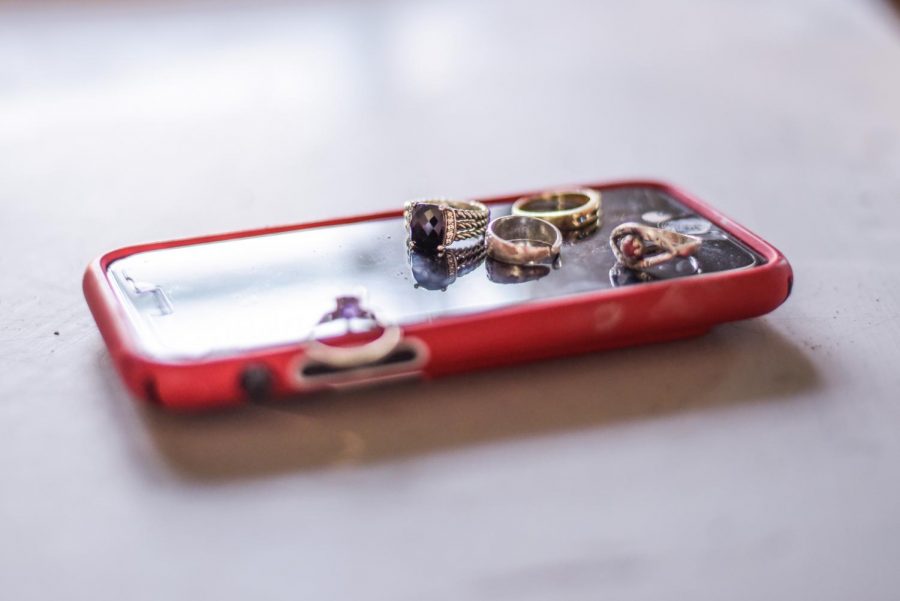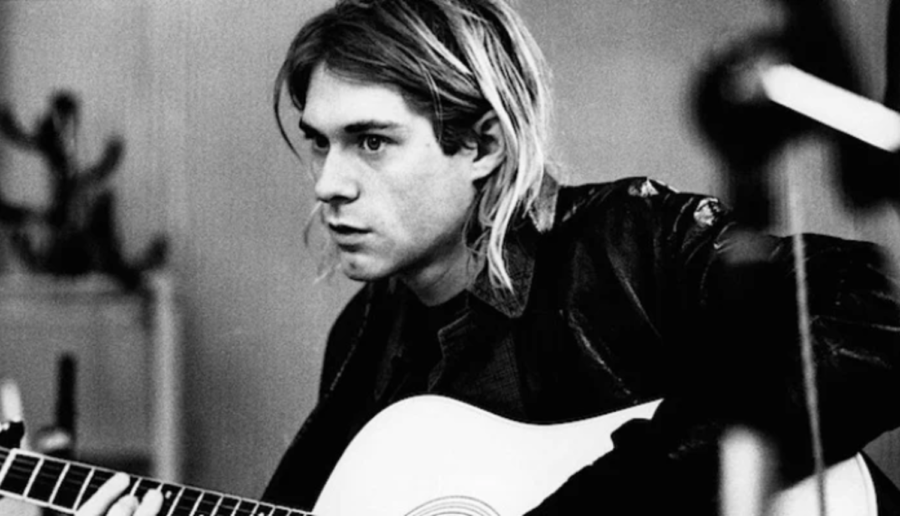
When logging onto Facebook, users can bet to be more surprised by the content on their news feed than anything else. The company will occasionally decide to change the homepage slightly enough to be disorienting. However, the 11-year-old social networking powerhouse will soon be testing a heavily anticipated “dislike” feature as the biggest fundamental change to the website in some time.
The push for a dislike button originated from Facebook’s approximately 1.5 billion users wanting a better outlet to express empathy and align themselves with their friends who might have shared something tragic in their life.
“If you’re expressing something sad…it may not feel comfortable to ‘like’ that post, but your friends and people want to be able to express that they understand,” Facebook CEO and co-founder Mark Zuckerberg said in the Wall Street Journal.
That prompts the question as to why the button wouldn’t say “empathy” or “affirming” in lieu of “dislike.”
UMass senior Rachel Bae believes the button should say “dislike” on it to present users with a direct opposite to their other option of “like.” She also purposes that Facebook users be given the ability to choose whether or not they give their posts the opportunity to be disliked, which could be enabled in a security feature. When asked if Facebook users needed agency over the “like” button as well she didn’t seem to think so.
“If the ‘dislike’ button is executed well then it is going to be a success,” Bae said.
While the intentions of Facebook are coming from a “good of the community” mindset, there is trepidation that the “dislike” feature will be misused and abused as a joke. Emmaline Conti, a UMass junior, believes the dislike feature is not going to be used constructively, especially among teenagers who won’t take the intended use seriously.
Conti sees the feature as “a sign of acknowledgement even if you have nothing to say,” and ultimately believes it is a good idea only if people use it in the right way.
Zuckerberg is very mindful of the critique Facebook has received for becoming a hub of bullying and other negative social interaction.
“Hopefully we’ll deliver something that meets the needs of our community,” Zuckerberg said in a New York Times article.
Senior Allan Brooks doesn’t believe there will be as much of a negative consequence as the anticipation of the feature is arousing.
“Most of the people I am Facebook friends with, I would like to keep,” Brooks said. He added that he thinks most people ultimately won’t resort to using the feature.
There is a definitive possibility that people will shy away from the feature out of not wanting to be offensive or because the “dislike” option doesn’t frame their emotion well enough. In this case, the logical outlet would be to use a good old fashioned comment. Yet, in an article for Boston’s NPR News Station, WBUR, Zuckerberg addressed comments saying Facebook users are uncomfortable commenting because of pressure of what to say and fear of not being witty.
If people want to express their emotions entirely, then the only way to fully do so is by taking the time to comment, not constricting their spectrum of emotion into the binary of likeability. In that case, Zuckerberg and his team are wasting their time developing this feature when they could have been spending it proactively addressing the bullying on Facebook or continuing the VR-focused standalone video app they are in the early stages of developing.
Other options to a “dislike” feature include a neutral sense of acknowledgment as purposed by WBUR writer Ethan Gilsdorf, alluding to Zuckerberg’s main goal.
Since 2009, the “like” button/thumps up sign has become a currency full of superficial social capital that people assign excessive importance to. In addition to the thumbs up graphic being derogatory to certain cultures, it subsequently deposits an uneasy feeling to the user clicking the button and an enigmatic feeling to the user on the other side of cyberspace, receiving a notification that their dog’s death is surely liked.
This idea is not restrictive to Facebook, though. Every social media has its own infamous symbol instantly accompanying any social action. Instagram has its heart, Twitter shines it star, swiping right on Tinder equates to swiping up on Reddit. There is denial in every aspect of social media in the way these networks were constructed. Even not liking something on Facebook, technically implies a dislike. Can we not handle any lack of attention so much to the point where we need to invent another button to try and feel something? Another option mentioned by Gilsdorf would or course be to remove all ability to participate in liking and disliking all together and just comment.
Maybe it isn’t a matter of what buttons we should be inventing, hitting or double-tapping, but the content we are reacting to and posting. Social media is an ingeniously designed platform that gives users freedom to post essentially whatever they want. This obviously leads to good and bad, ultimately making every personal a post a risk. Whether it is a selfie, a photo of loss, or a status, users are posting a piece of themselves out there for social critique.
That being said, feel free to dislike this article. It is within your rights to do so. I am posting my thoughts and opinions as a journalist out into the world to be read, understood, rejected or agreed upon. The comment space below is there for a reason.
Erica Garnett can be reached at [email protected] and followed on Twitter @GarnettErica.


















